本来今天要继续更新 scrapy爬取美女图片 系列文章,可是发现使用免费的代理ip都非常不稳定,有时候连接上,有时候连接不上,所以我想找到稳定的代理ip,下次再更新 scrapy爬取美女图片之应对反爬虫 文章。(我的新书《Python爬虫开发与项目实战》出版了,大家可以看一下样章)
好了,废话不多说,咱们进入今天的主题。这一篇文章是关于爬取盗墓笔记,主要技术要点是scrapy的使用,scrapy框架中使用mongodb数据库,文件的保存。

这次爬取的网址是 http://seputu.com/。之前也经常在上面在线看盗墓笔记。
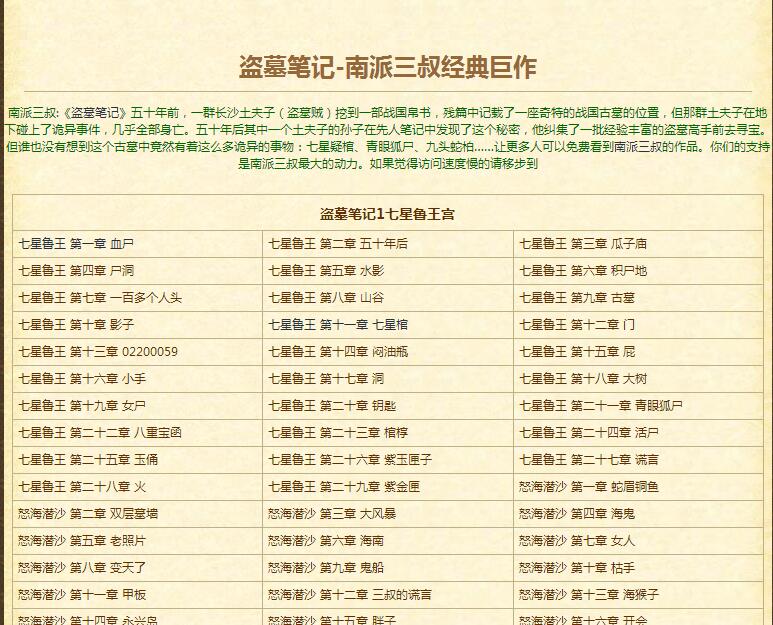
按照咱们之前的学习爬虫的做法,使用firebug审查元素,查看如何解析html。
这次咱们要把书的名称,章节,章节名称,章节链接抽取出来,存储到数据库中,同时将文章的内容提取出来存成txt文件。
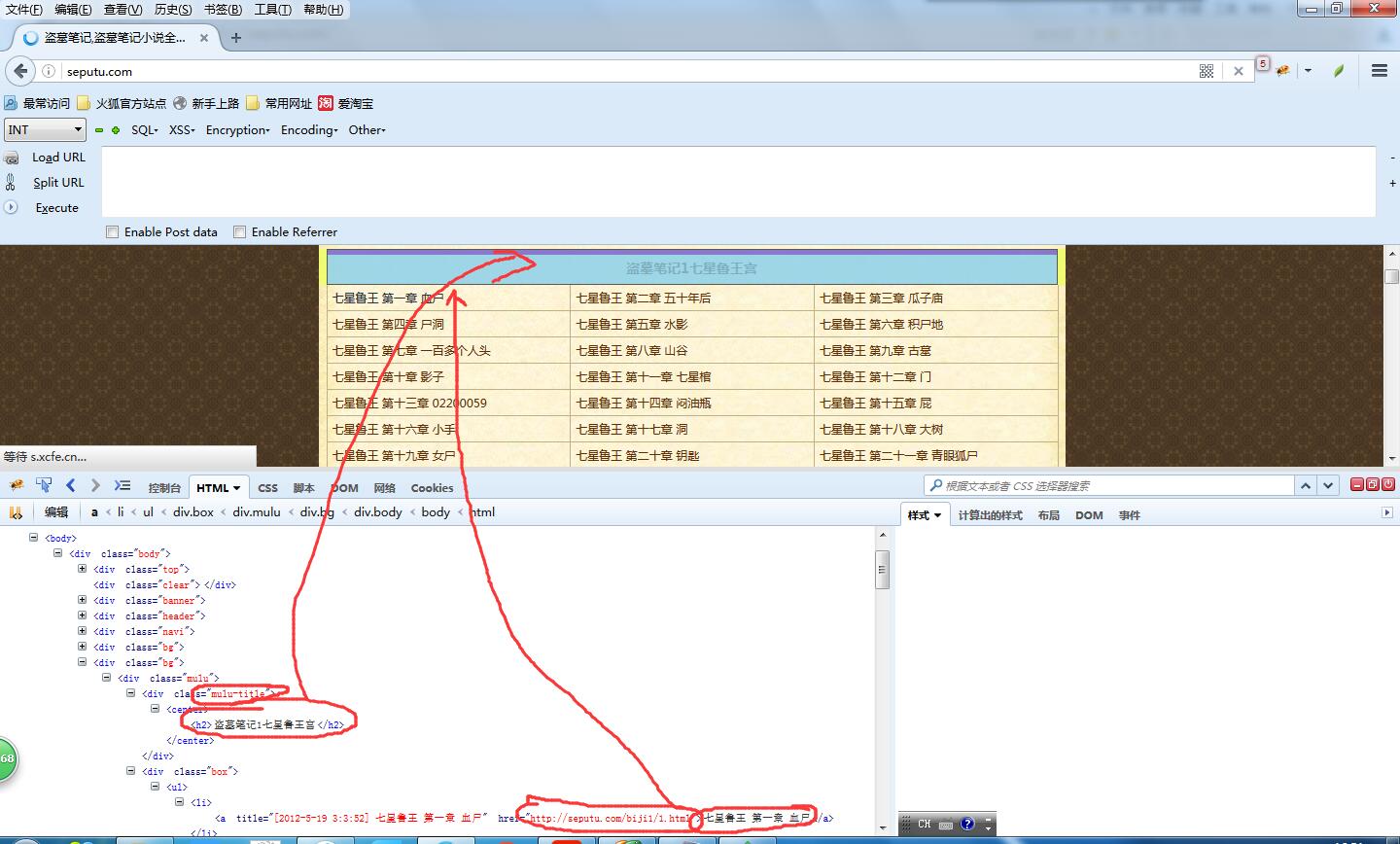
看一下html结构就会发现这个页面结构非常分明,标题的html节点是 div class = ''mulu-title",章节的节点是 div class= "box" ,每一章的节点是 div class= "box"中的<li>标签。
然后咱们将第一章的链接 http://seputu.com/biji1/1.html打开,上面就是文章的内容。
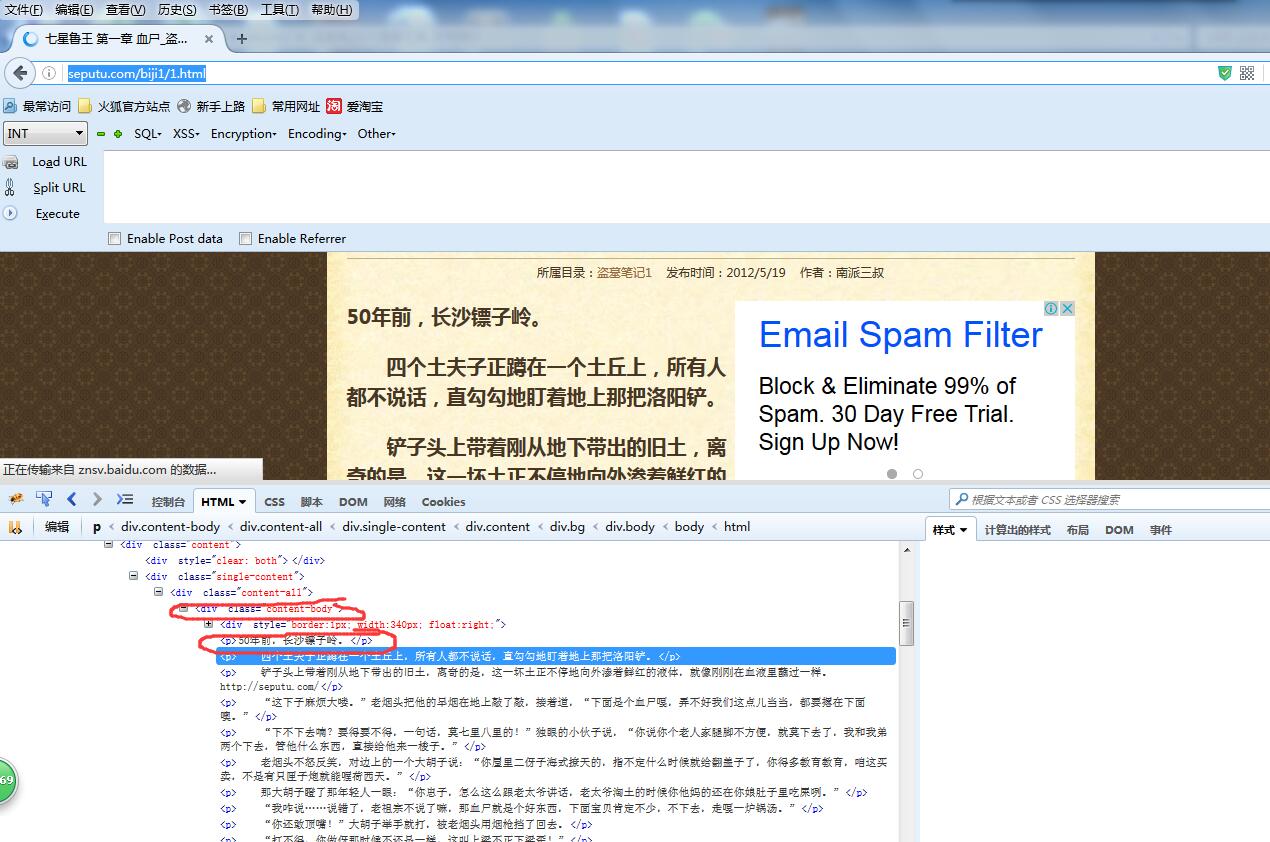
可以看到文章的内容是使用 div class ="content-body"中的<p>标签包裹起来的,总体来说提取难度挺小。
打开cmd,输入scrapy startproject daomubiji,这时候会生成一个工程,然后我把整个工程复制到pycharm中
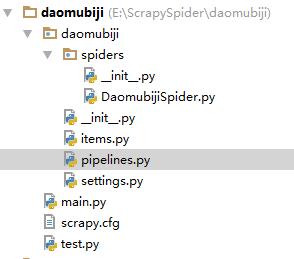
上图就是工程的结构。
DaomubijiSpider.py ------Spider 蜘蛛
items.py -----------------对要爬取数据的模型定义
pipelines.py-------------处理要存储的数据(存到数据库和写到文件)
settings.py----------------对Scrapy的配置
main.py -------------------启动爬虫
test.py -------------------- 测试程序(不参与整体运行)
下面将解析和存储的代码贴一下,完整代码已上传到github:https://github.com/qiyeboy/daomuSpider。
DaomubijiSpider.py (解析html)
#coding:utf-8
import scrapy
from scrapy.selector import Selector
from daomubiji.items import DaomubijiItem
class daomuSpider(scrapy.Spider):
name = "daomu"
allowed_domains = ["seputu.com"]
start_urls = ["http://seputu.com/"]
''.split()
def parse(self, response):
selector = Selector(response)
mulus= selector.xpath("//div[@class='mulu']/div[@class='mulu-title']/center/h2/text()").extract()#将目录提取出来
boxs = selector.xpath("//div[@class='mulu']/div[@class='box']")#.extract()
for i in range(len(mulus)):
mulu = mulus[i]#提取出来一个目录
box = boxs[i]#提取出来一个box
texts = box.xpath(".//ul/li/a/text()").extract()#将文本提取出来
urls = box.xpath(".//ul/li/a/@href").extract()#将链接提取出来
for j in range(len(urls)):
item = DaomubijiItem()
item['bookName'] = mulu
try:
item['bookTitle'] = texts[j].split(' ')[0]
item['chapterNum'] = texts[j].split(' ')[1]
item['chapterName'] = texts[j].split(' ')[2]
item['chapterUrl'] = urls[j]
request = scrapy.Request(urls[j],callback=self.parseBody)
request.meta['item'] = item
yield request
except Exception,e:
print 'excepiton',e
continue
def parseBody(self,response):
'''
解析小说章节中的内容
:param response:
:return:
'''
item = response.meta['item']
selector = Selector(response)
item['chapterContent'] ='
'.join(selector.xpath("//div[@class='content-body']/p/text()").extract())
yield item
pipelines.py:(处理要存储的数据)
# -*- coding: utf-8 -*-
# Define your item pipelines here
#
# Don't forget to add your pipeline to the ITEM_PIPELINES setting
# See: http://doc.scrapy.org/en/latest/topics/item-pipeline.html
import os
from scrapy.pipelines.files import FilesPipeline
from daomubiji import settings
from pymongo import MongoClient
class DaomubijiPipeline(object):
def process_item(self, item, spider):#将小说进行存储
dir_path = '%s/%s/%s'%(settings.FILE_STORE,spider.name,item['bookName']+'_'+item['bookTitle'])#存储路径
print 'dir_path',dir_path
if not os.path.exists(dir_path):
os.makedirs(dir_path)
file_path = '%s/%s'%(dir_path,item['chapterNum']+'_'+item['chapterName']+'.txt')
with open(file_path,'w') as file_writer:
file_writer.write(item['chapterContent'].encode('utf-8'))
file_writer.write('
'.encode('utf-8'))
file_writer.close()
return item
class DaomuSqlPipeline(object):
def __init__(self):
#连接mongo数据库,并把数据存储
client = MongoClient()#'mongodb://localhost:27017/'///'localhost', 27017///'mongodb://tanteng:123456@localhost:27017/'
db = client.daomu
self.books = db.books
def process_item(self, item, spider):
print 'spider_name',spider.name
temp ={'bookName':item['bookName'],
'bookTitle':item['bookTitle'],
'chapterNum':item['chapterNum'],
'chapterName':item['chapterName'],
'chapterUrl':item['chapterUrl']
}
self.books.insert(temp)
return item

接下来切换到main.py所在目录,运行python main.py启动爬虫。
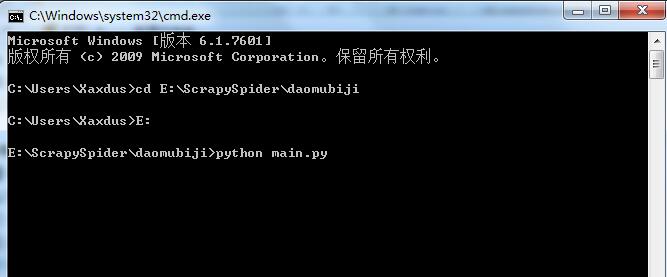
没过几分钟,爬虫就结束了,咱们看一下爬取的数据和文件。
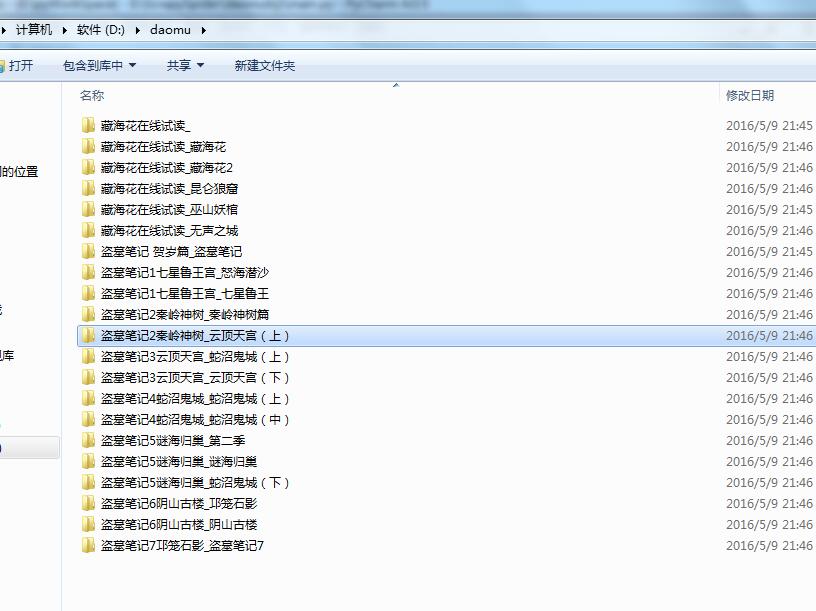
数据库数据:
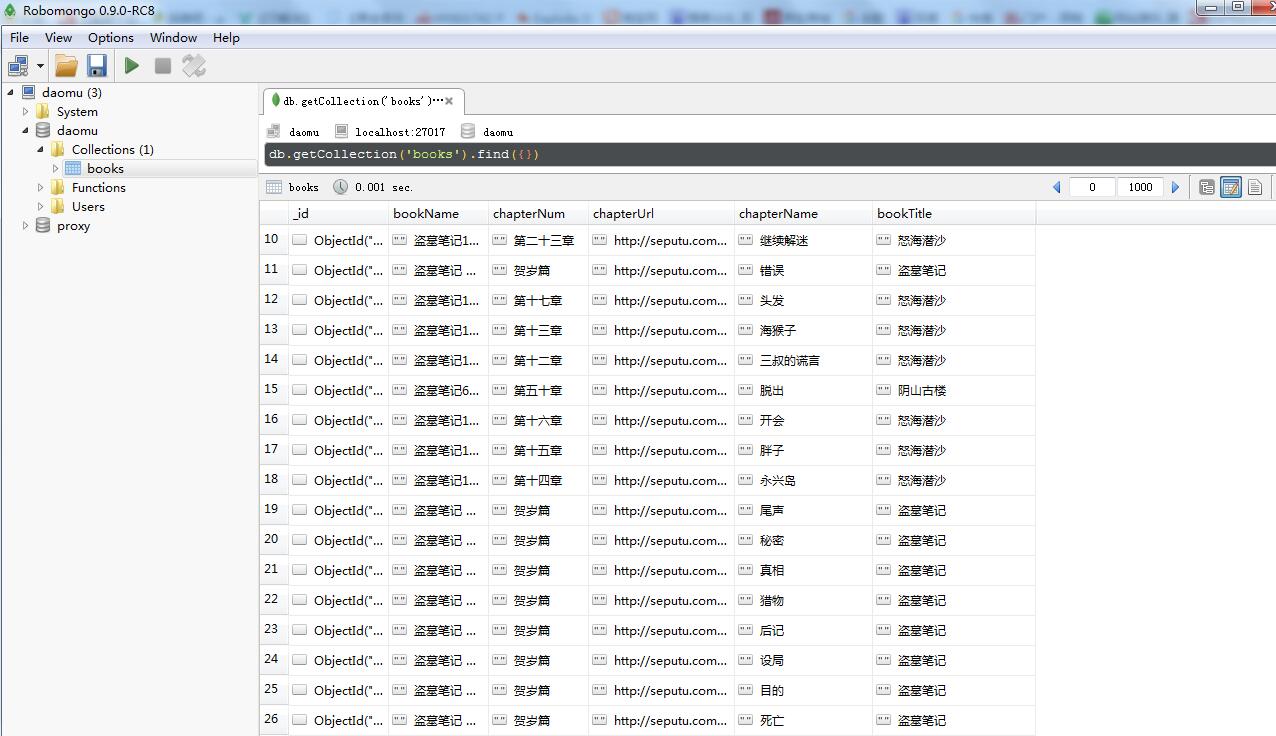
今天的分享就到这里,如果大家觉得还可以呀,记得推荐呦。

欢迎大家支持我公众号:

本文章属于原创作品,欢迎大家转载分享。尊重原创,转载请注明来自:七夜的故事 http://www.cnblogs.com/qiyeboy/